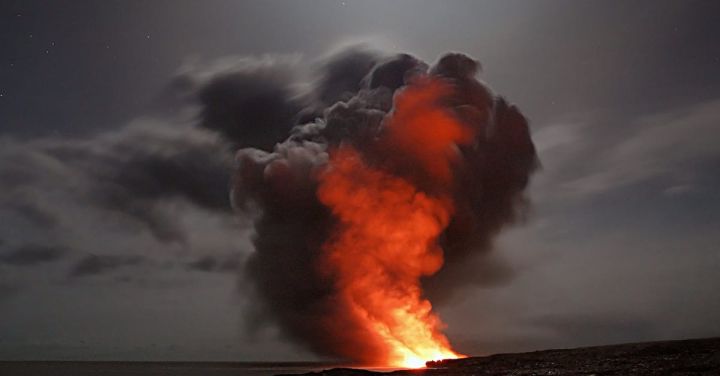World War II was a monumental conflict that reshaped the course of history. While the battles fought on land, sea, and air are well-documented, the central role of trains in this global conflict often goes unnoticed. Trains played a vital role in the logistics of war, transporting troops, supplies, and equipment across vast distances. From the early stages of mobilization to the final push for victory, trains were the lifeline that kept armies moving and supplied.
One of the key contributions of trains during World War II was their ability to provide rapid and efficient transportation for troops. As armies mobilized and deployed across continents, trains were instrumental in moving soldiers to the front lines. Troop trains became a common sight, transporting thousands of soldiers to their assigned locations. These trains were often crowded and uncomfortable, but they were essential in ensuring that the right number of troops were in the right place at the right time.
In addition to transporting troops, trains played a crucial role in the movement of supplies and equipment. The vast quantities of ammunition, food, fuel, and other supplies needed to sustain armies on the battlefield required a reliable and efficient transportation system. Trains were able to transport large volumes of supplies quickly and efficiently, ensuring that front-line troops had the resources they needed to continue fighting. Without the trains, armies would have struggled to maintain their offensive capabilities.
Trains also played a critical role in the evacuation of civilians and the transportation of refugees during the war. As conflict erupted across Europe, millions of people were displaced from their homes. Trains were used to evacuate civilians from war zones and transport them to safer areas. They also facilitated the movement of refugees across borders, providing a means of escape for those fleeing the horrors of war. Trains became a symbol of hope and salvation for those affected by the conflict.
Furthermore, trains were targeted by both sides as strategic assets. The destruction of enemy rail networks was a key objective in many military campaigns. Bombers were deployed to target railway lines, bridges, and stations, disrupting enemy supply lines and hindering their ability to move troops and supplies. Trains themselves were also used as weapons of war. Armored trains equipped with heavy artillery and machine guns were employed to support ground operations, providing mobile firepower and logistical support.
The role of trains in World War II extended beyond just transportation. They also served as communication hubs, connecting military headquarters and units on the front lines. Telegraph lines were often laid alongside railway tracks, allowing for the rapid transmission of important messages and orders. Trains also provided a means of transporting wounded soldiers from the front lines to hospitals and medical facilities, saving countless lives.
In conclusion, trains played a central and indispensable role in World War II. They were the backbone of the logistical operations that sustained armies and facilitated the movement of troops, supplies, and equipment. Without trains, the war effort would have been significantly hampered. The story of World War II cannot be fully understood without acknowledging the vital contribution of trains in this global conflict.
